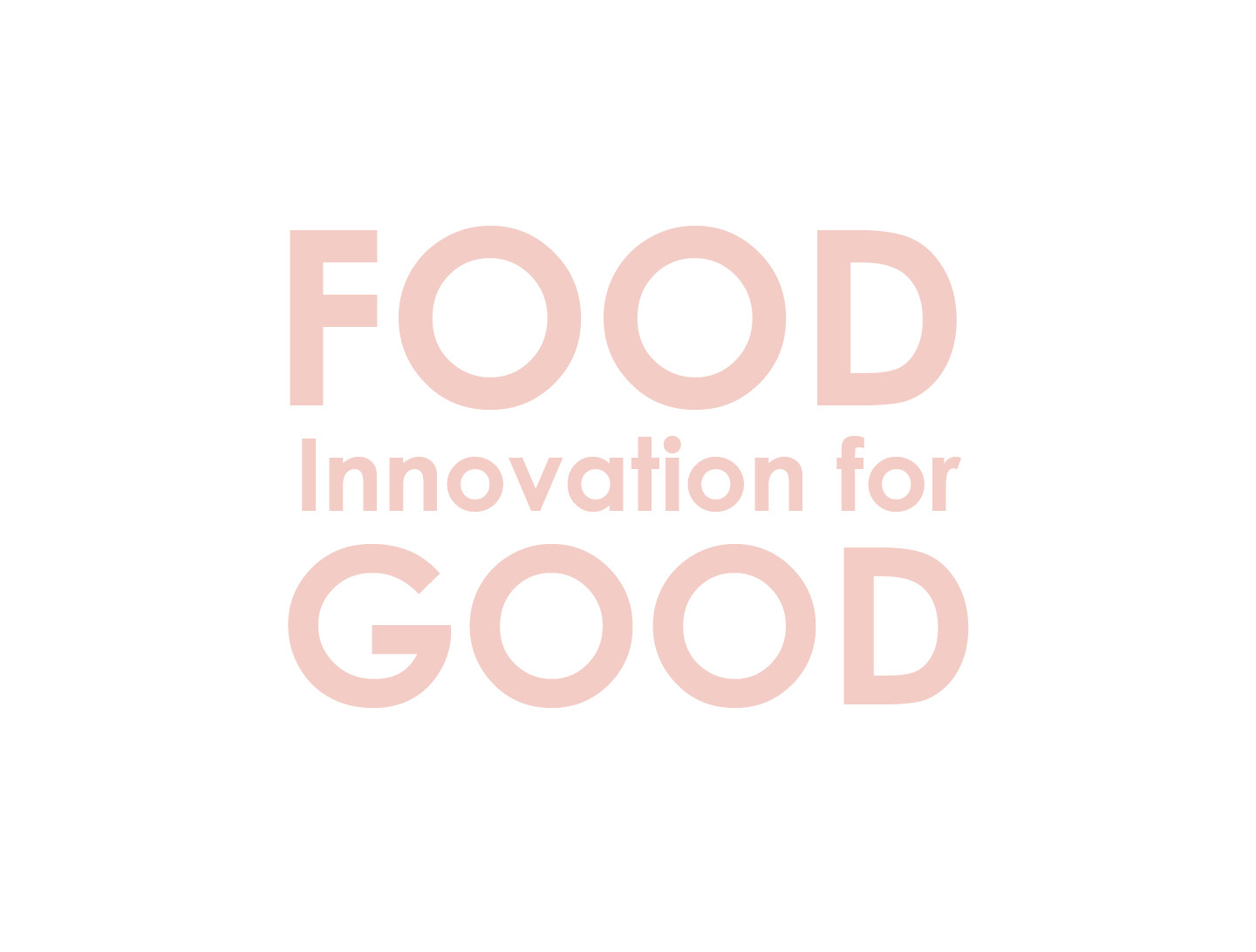29 Aug 2018
The world of foodservice operators is changing. They’re adapting to new attitudes, behaviours and values of consumers, and consecutive trends affect their business. Puratos did extensive research to the changes that are taking place and how the big foodservice chains respond to this. We identified 6 striking trends. What are these trends and how do they impact the players in the foodservice market?
Trend 1: Menu innovations
One of the best ways to respond to a changing market is to innovate your menu. There are many ways to do so, we share 6 examples.
1. Target different consumption moments
Expand your menu to drive traffic across all parts of the day. Many fast-food operators are now successful with breakfast menus there’s a growing number of successful all-day breakfast concepts, and Starbucks and Pret à Manger are offering dinner menus, just to list a few examples.
2. Let your guests customise their products
Let customers put together their own product. Starbucks and Subway, with their customisable coffees and subs, are good examples of this trend.
3. Launch innovative products
Product innovation is hot, and the creation of hybrid products in particular: classic products with an innovative twist. Examples include Dominique Ansel’s world-famous Cronut: a hybrid between a croissant and a donut. Taste Tomorrow, Puratos’ consumer survey platform, offers lots of inspiration for hybrid baked goods, and many restaurants are also introducing classics with a twist.
4.Focus on local and ethnic foods
Consumers, and millennials above all, are interested in food that is not only local and sustainable, but also an adventure. They’re tempted by unusual textures and bold new flavours. Tailoring to local palates turns out to be a good way to innovate your menu. Read the article in Taste Tomorrow about this trend to discover examples of local and ethnic baked goods.
5. Develop a premium product range
Specifically with regard to QSR, we have observed an upscaling in the way of experience: not only through the menu (price & quality), but also through decor & experience. You don’t just order an ordinary chicken burger anymore; you choose the “tender and juicy 100% crispy chicken breast filet made with real buttermilk, plus thick-cut Applewood smoked bacon, caramelised grilled onions, white cheddar*, crisp leaf lettuce and fresh tomato”.
6. Offer daily specials
To maintain customer interest and drive repeat visits, many operators offer change on a weekly and even daily basis. New York soup specialist Hale & Hearty and London’s EAT. are two operators that do this particularly well.
Trend 2: Digitalisation
As in the world of retail , digitalisation has also become a mega trend in the catering industry and hugely improves the experience of restaurant guests. Some examples of the opportunities evoked by this digitalisation:
1. No more queuing: let your customers order and pay via their smartphone or digital table, and pay directly (and digitally) while awaiting their order.
2. Customise your dinner menu by allowing guests to select toppings via their smartphone or digital table.
3. Communicate & Engage. Social media make it really easy to share new products & ideas with your customers or tell them about today’s specials.
4. Research and create. Conduct research amongst your followers to find out what they think about your menu; let them vote for new products or invite them to share their ideas with you.
Trend 3: Channel blurring
The boundaries between catering and retail are becoming more and more blurred. Offsite consumption is growing: home delivery, but also in the form of catering operators selling products in their own brand. Many shops offer both eat-in and take-away options. This leads to increased competition, not only with retailers but also with artisan bakeries.
Trend 4: Quality, healthiness and freshness
The Taste Tomorrow survey revealed that consumers think their food is under pressure: they believe that the food they will be consuming in the future will become less healthy and natural. As a reaction, their wish for high-quality, fresh and natural food with a positive impact on their health is growing stronger. Consumers want:
1. The best ingredients
2. No additives (clean label)
3. Transparency about the ingredients and their origins
4. Products that are made on-site
Trend 5: Sustainability
Consumers are increasingly concerned about the ethical aspects of supply chains and environmental responsibility. Animal welfare is becoming more important, as well as transparency about the origin of ingredients. Consumers look more favourably on products and companies with solid CSR credentials. Ethical sourcing, carbon footprint and food waste should be among the highest priorities. So, if you’re confident that you’re doing a good job, make sure to tell your customers!
Trend 6: Hospitality
Where fast-food chains always focused on convenience and speed, we now see a trend for improved hospitality. They are now serving affordable luxury products, like high-quality coffee and cakes. Coffee corners have large tables to give consumers a warm feeling and a place to enjoy their coffee with a book or a newspaper. And they also facilitate birthday parties and even weddings.
How do these trends affect your business? Feel free to contact your Puratos representative to discuss how you can successfully respond to these trends.

